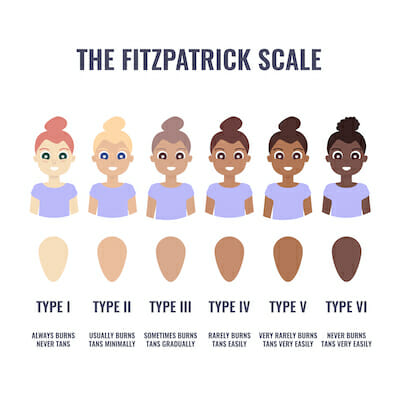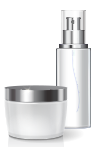
Here in the northeast where our summers are short, we crave being carefree and relish being in the sun. Did you know that most of our yearly supply of Vitamin D comes from the Sun? And in the northeast, we absorb Vitamin D between the months of April-October. By the way, did you also know that Vitamin D is not actually a vitamin at all? It’s a hormone, hence necessary for immune health.
As important as the sun is for our immune health, like most things, moderation is key. Melanoma knows no bias. Enter SPF – sun protection factor. We use SPF to protect our skin from the harmful UVA and UVB rays that cause sunburns, skin cancer, skin damage, and premature aging. But there have been indications that high sun protection factors may be blocking Vitamin D production in the skin.
So now what? How do you get your Vitamin D and still protect yourself from sun damage and skin cancer?
A Common SPF Mistake

Do you apply your SPF lotion before ever stepping outside each morning? That’s where people go wrong. They put their sunscreen on in the morning and think they are good to go!
According to the EPA, it is most important to have SPF coverage between the hours of 10AM to 4PM, rain or shine. That is when the sun’s rays are strongest. However, during the early morning hours, your skin should be SPF-free in order to absorb your necessary supply of daily Vitamin D. So, when you wake up in the morning, take a few minutes to go outside and sit while enjoying a cup of coffee or tea. Or if you have a dog, take it for a walk. Getting sun on unprotected skin in the early morning hours is vital for your immune health. After you’ve soaked up a bit of the morning sun, get ready for your day and don’t forget your SPF!

Do You Know Your Fitzpatrick Number? What Is A Fitz Number?
In 1975, Dr Thomas Fitzpatrick devised the Fitzpatrick scale of skin. We live in a very global world and Dr Fitzpatrick devised a system of prototypes of skin to describe the common tanning behavior of various skin types. Picture a pie that everyone in the world fits into a slice of that pie. 1 through 6; lightest to darkest.
This scale is used to classify skin coloring and that skin’s possible response to the sun’s UVA and UVB radiation. Skin with little to no melanin (pigment) is more prone to burn as there is little protection from the sun’s rays. Skin with more melanin is at less risk but can still get skin cancer.
Remember, ALL skin types are at risk of developing skin cancer, sun damage, and premature aging when the sun’s harmful rays are involved, so no matter your skin type, you should apply SPF sunscreen daily.
Which Sunscreen Should I Use? Physical Vs Chemical? What’s The Difference?
A physical sunscreen is zinc oxide and titanium dioxide and reflects the rays away vs a chemical sunscreen that works as a sponge to absorbs the rays.
Most of us know we should use SPF, but which one? Whether you choose a physical SPF or chemical is mostly up to preference, just make sure it is UVA/ UVB. UVA and UVB are two of the three types of UV radiation that reaches Earth. The three types are:
- UVA = Ultraviolet A rays. These are the aging rays. They cause aging and contribute to skin cancer but are not as dangerous as UVB rays.
- UVB = Ultraviolet B rays. These are the burning rays and are at their strongest 10AM to 4PM. UVB rays cause sunburns, skin cancer, and more.
- UVC = Ultraviolet C rays. These rays can’t reach you because they are completely absorbed by the atmosphere.
How Often Should I Reapply Sunscreen?
Regardless of your number in the Fitzpatrick Scale, a good rule is to reapply your SPF every 2 hours. Here at Accurate Aesthetics, we have the very best scientists that work diligently to formulate our exceptional medical grade products. Our SPF is called Antioxidant Sun Defense and is available in tinted, non-tinted, and bronze.
Call our office, stop by, or visit our online store.
Wishing you all a continued and joyful summer.
– Kathleen








